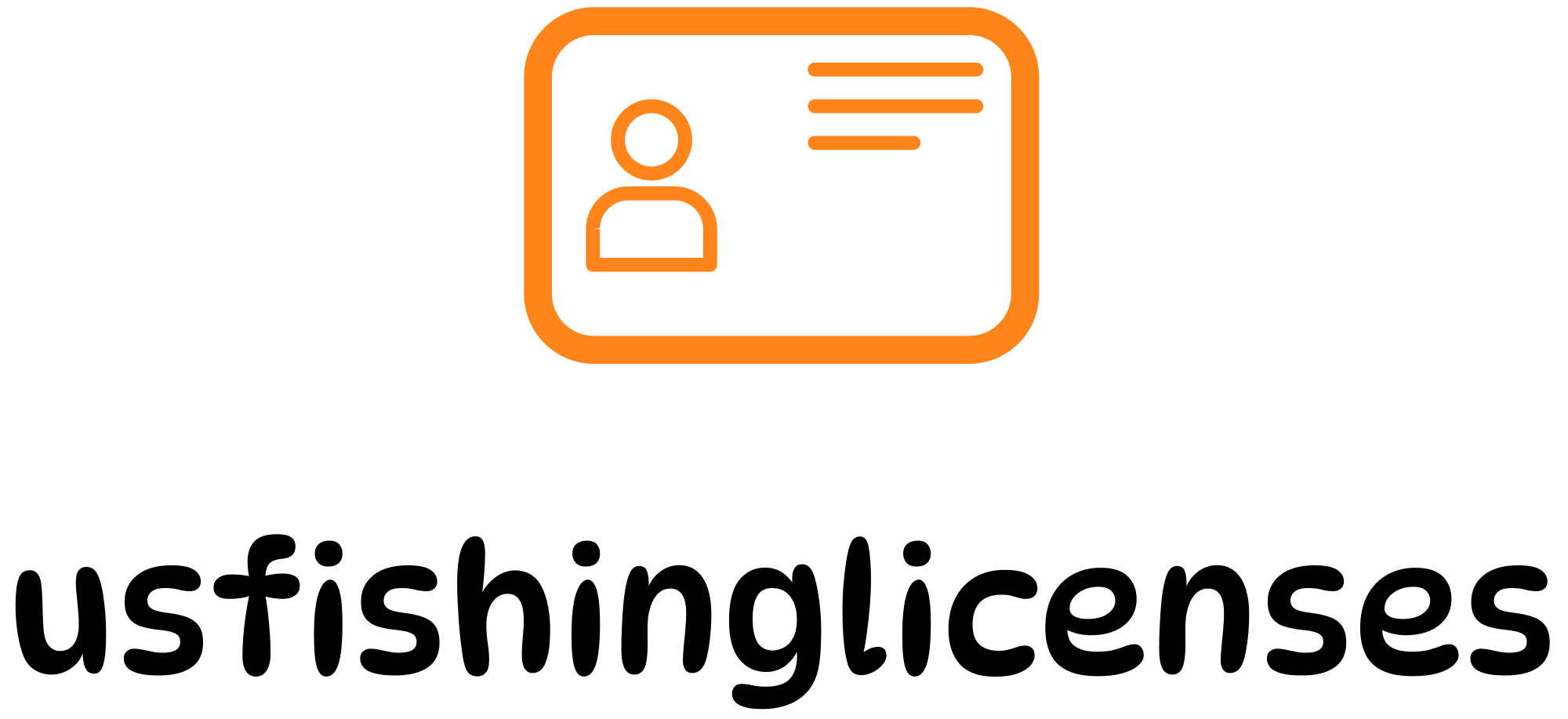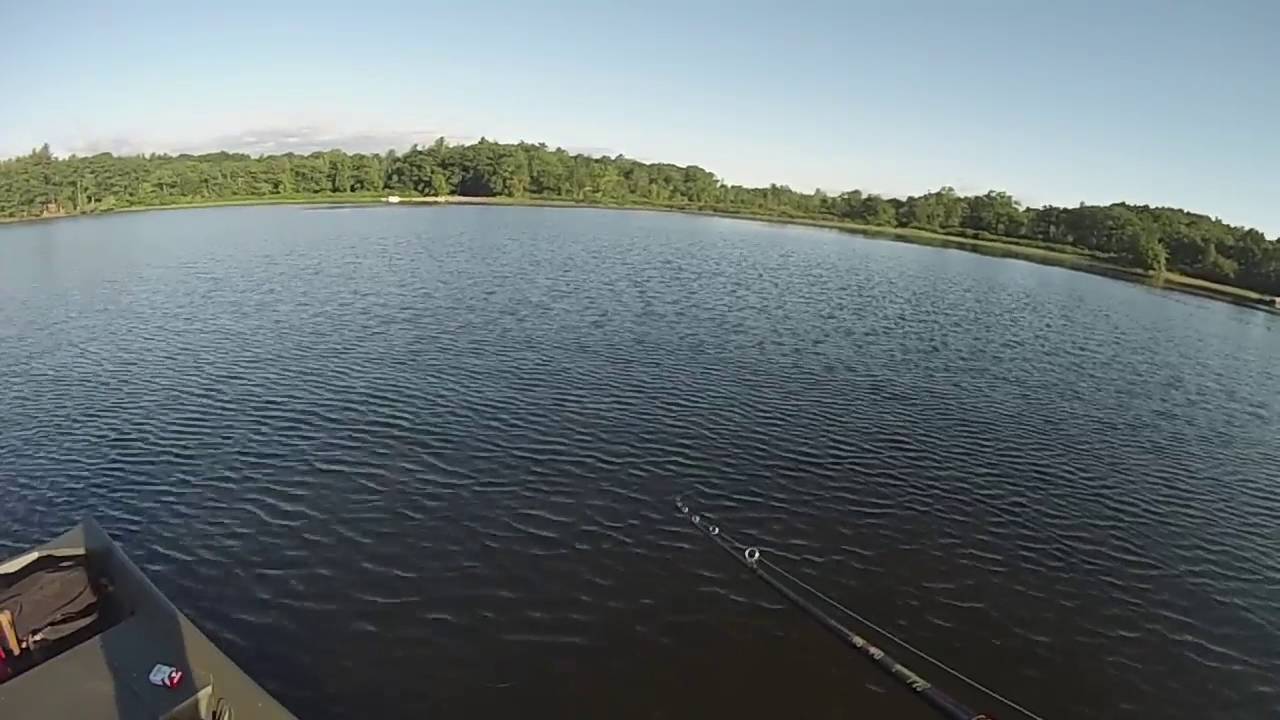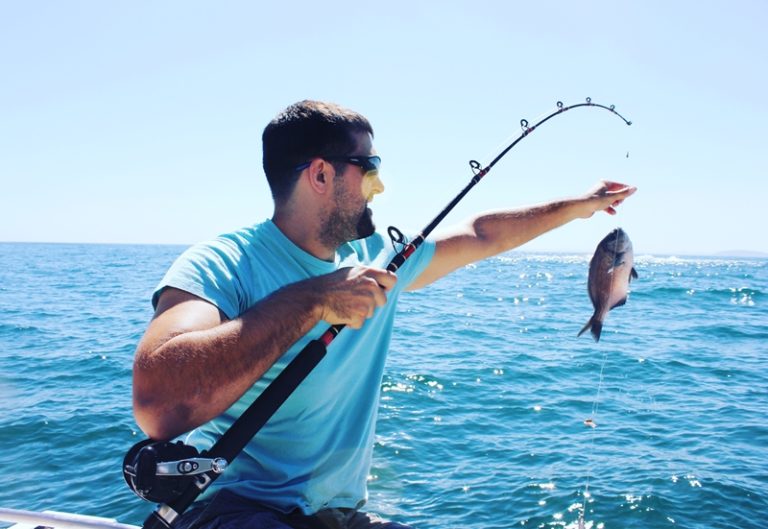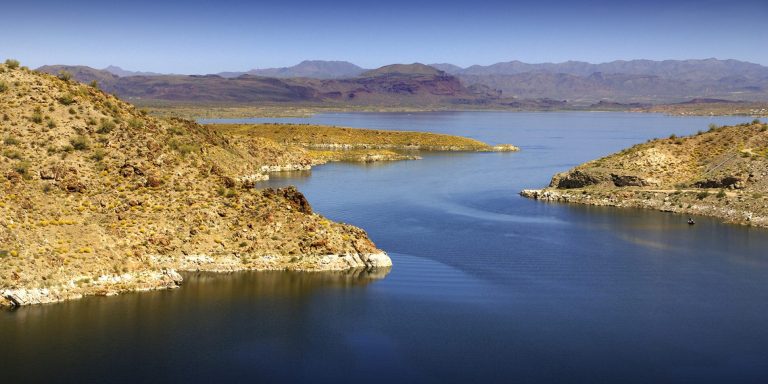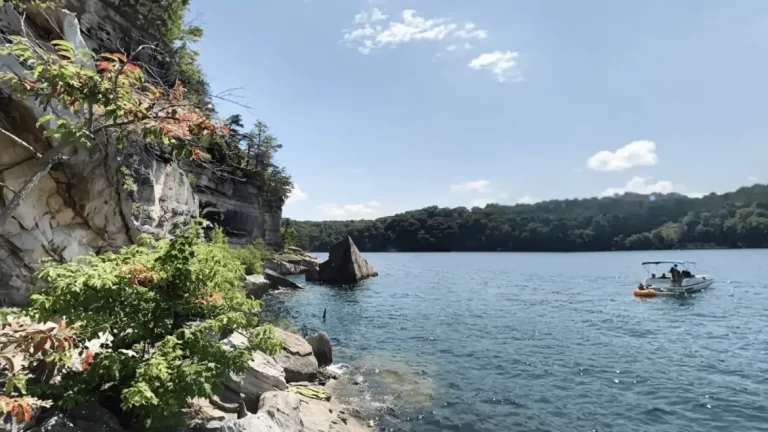Connecticut may be a small state, but it offers an abundance of exceptional fishing opportunities for anglers of all skill levels. From pristine lakes and ponds to winding rivers and the vast Long Island Sound, the state’s diverse waterways are teeming with a variety of fish species, making it an angler’s paradise. Whether you’re a seasoned pro or a beginner, this guide will take you on a journey through Connecticut’s top fishing destinations, ensuring you have an unforgettable angling experience in 2025.
This comprehensive guide covers the best freshwater and saltwater fishing spots across Connecticut, including top lakes like Candlewood and Bantam for bass, the renowned Housatonic River for trout, and Long Island Sound for striped bass, bluefish, and more. It provides insider tips on prime seasons, regulations, license requirements, and how your fees support vital conservation efforts. Whether you prefer fly fishing, shore casting, or chartering a boat, you’ll find all the essential information to plan your ultimate Connecticut fishing adventure.
Freshwater Fishing Hotspots
1. Candlewood Lake

Nestled in the western part of the state, Candlewood Lake is a true gem for bass fishing enthusiasts. This massive 8.4-square-mile lake is renowned for its healthy population of largemouth and smallmouth bass, with numerous coves, drop-offs, and submerged structures providing ideal habitats for these prized catches. Anglers can expect to reel in trophy-sized bass throughout the year, with the peak season typically running from late spring through early fall.
2. Housatonic River
The Housatonic River is a legendary trout fishing destination that winds its way through the picturesque landscapes of western Connecticut. This renowned river is stocked annually with rainbow, brown, and brook trout, offering anglers the opportunity to test their skills against these elusive and hard-fighting fish. The best time to fish the Housatonic is during the spring and fall when water temperatures are ideal for trout activity.
3. Bantam Lake

Located in the heart of Litchfield County, Bantam Lake is a popular spot for both warm and cold-water fishing. This 947-acre lake is well-stocked with trout, making it a prime destination for fly fishing enthusiasts. Additionally, the lake boasts a healthy population of largemouth bass, chain pickerel, and panfish, providing a diverse angling experience for all types of anglers.
4. Quinebaug River
The Quinebaug River, which flows through the eastern part of the state, is a hidden gem for those seeking a peaceful and rewarding fishing experience. This picturesque river is home to a variety of fish species, including trout, smallmouth bass, and panfish. Anglers can enjoy the serene surroundings while casting their lines in the river’s clear waters.
Saltwater Fishing Hotspots
1. Long Island Sound
Connecticut’s coastline along Long Island Sound offers some of the best saltwater fishing opportunities in the region. Anglers can target a wide variety of species, including striped bass, bluefish, fluke, porgy, and black sea bass. Popular fishing spots along the Sound include the Norwalk Islands, Penfield Reef, and the waters around Stratford and Milford.
2. Connecticut River Mouth
The mouth of the Connecticut River, where it meets Long Island Sound, is a prime location for catching striped bass during their annual migration. This area is known for producing some of the largest striped bass in the state, with fish often exceeding 40 pounds. Anglers can fish from shore or hire a charter boat for a truly memorable experience.
3. Hammonasset Beach State Park
Hammonasset Beach State Park in Madison offers excellent shore fishing opportunities for anglers of all ages and skill levels. The park’s sandy beaches and rocky jetties provide access to a variety of fish species, including striped bass, bluefish, and fluke. Additionally, the park’s calm waters make it an ideal spot for families and beginner anglers.
4. Niantic Bay
Niantic Bay, located in the southeastern corner of the state, is a popular destination for saltwater anglers targeting striped bass, bluefish, and fluke. The bay’s protected waters and numerous inlets and coves provide ample opportunities for both shore and boat fishing. Anglers can also take advantage of the numerous charter boat services operating out of Niantic.
Conservation and Regulations
It’s important to note that fishing in Connecticut requires a valid fishing license, which can be obtained from the Connecticut Department of Energy and Environmental Protection (DEEP). Additionally, anglers must adhere to the state’s fishing regulations, including size and catch limits, to ensure the sustainability of fish populations.
Connecticut’s fishing license fees contribute to various conservation efforts, such as habitat restoration, fish stocking programs, and public access initiatives. By purchasing a license, anglers play a crucial role in preserving the state’s natural resources for future generations.
To give you a better understanding, here are some specific examples of how your license fees support conservation in Connecticut:
- Fish Stocking: A portion of the fees goes towards stocking programs for popular game fish like trout, bass, and walleye in lakes, rivers, and ponds across the state. This helps maintain healthy fish populations and ensures a rewarding fishing experience for anglers.
- Habitat Restoration: Funds are allocated to restore and protect critical habitats, such as wetlands, streams, and shorelines, which serve as breeding grounds and nurseries for various fish species.
- Public Access: License fees contribute to the development and maintenance of public fishing areas, boat ramps, and fishing piers, ensuring that anglers have ample access to the state’s waterways.
- Research and Monitoring: Scientific studies and monitoring programs are conducted to assess fish populations, track migration patterns, and identify potential threats or areas of concern, allowing for informed management decisions.
- Education and Outreach: A portion of the fees supports educational programs, workshops, and outreach initiatives aimed at promoting responsible fishing practices, conservation awareness, and engaging the next generation of anglers.
By complying with regulations and purchasing a fishing license, you are directly contributing to the long-term sustainability of Connecticut’s aquatic resources, ensuring that future generations can enjoy the same fishing opportunities you cherish today.
Conclusion
Connecticut’s diverse fishing opportunities make it a true angler’s paradise. From the tranquil lakes and rivers to the vast expanse of Long Island Sound, there’s something for every type of angler in 2025. Whether you’re a seasoned pro or a beginner, this guide has provided you with a comprehensive overview of the best fishing spots in the state. So, grab your tackle box, secure your fishing license, and embark on an unforgettable angling adventure in the beautiful state of Connecticut.
Remember to practice responsible fishing practices, respect the environment, and follow all regulations to ensure the sustainability of these precious natural resources. Tight lines and happy fishing!
Frequently Asked Questions
What are the best times of year to fish in Connecticut?
The prime fishing seasons in Connecticut vary depending on the species you’re targeting:
- Trout: Spring (April-May) and Fall (September-October) when water temperatures are cooler.
- Bass: Late Spring (May-June) and Early Fall (September-October) when bass are actively feeding.
- Striped Bass: Late Spring through Summer (May-August) during their migration and spawning season.
- Saltwater Species: Summer (June-August) when waters are warmest and fish are most active.
Do I need a fishing license for private ponds or lakes?
Yes, a valid Connecticut fishing license is required even when fishing on private property, unless you are the landowner or an immediate family member of the owner. This regulation helps support conservation efforts and maintain healthy fish populations statewide.
Are there any free fishing days in Connecticut?
Connecticut typically offers two designated “Free Fishing Days” each year, usually on the second Saturday in May and the second Saturday in August. On these days, anyone can fish without a license, though all other regulations still apply.
How can I get a Connecticut fishing license?
You can obtain a Connecticut fishing license through the following methods:
- Online: Purchase licenses and permits through the DEEP Online Sportsmen Licensing System.
- In-Person: Visit DEEP field offices, town halls, or participating retailers that sell fishing licenses.
- By Phone: Call the DEEP Licensing and Revenue unit at 860-424-3105.
Are there any discounts or exemptions for fishing licenses?
Yes, Connecticut offers several discounts and exemptions for fishing licenses:
- Senior Citizens (65+): Free annual inland and marine fishing licenses for residents.
- Youth (under 16): No license required for residents and non-residents.
- Disabled Anglers: Free licenses for residents with qualifying disabilities.
- Military: Discounted licenses for active-duty members of the U.S. Armed Forces.
Be sure to check the DEEP website for the latest information on eligibility and requirements.
Insider Tips
To enhance your Connecticut fishing experience, here are some insider tips from local anglers:
- Explore Lesser-Known Spots: While popular destinations like Candlewood Lake and Long Island Sound are excellent, consider venturing off the beaten path to lesser-known lakes, rivers, and coves for a more secluded and rewarding experience.
- Hire a Local Guide: Consider hiring a local fishing guide, especially if you’re new to the area or targeting a specific species. Their expertise can significantly increase your chances of success and provide valuable insights into the local waters.
- Respect Private Property: Always obtain permission before fishing on private property, and be mindful of posted signs and regulations.
- Practice Catch-and-Release: Consider practicing catch-and-release fishing, especially for trophy-sized fish, to help maintain healthy populations for future generations.
- Attend Local Fishing Events: Participate in local fishing tournaments, seminars, or club meetings to connect with fellow anglers, learn new techniques, and stay up-to-date on the latest fishing news and regulations.
- Support Local Businesses: Patronize local bait and tackle shops, marinas, and fishing-related businesses to contribute to the local economy and ensure their continued support for the angling community.
By following these insider tips, you’ll not only enhance your fishing experience but also contribute to the preservation of Connecticut’s rich angling heritage for years to come.
